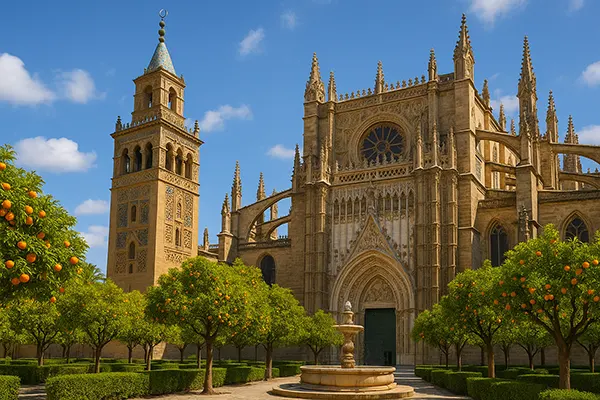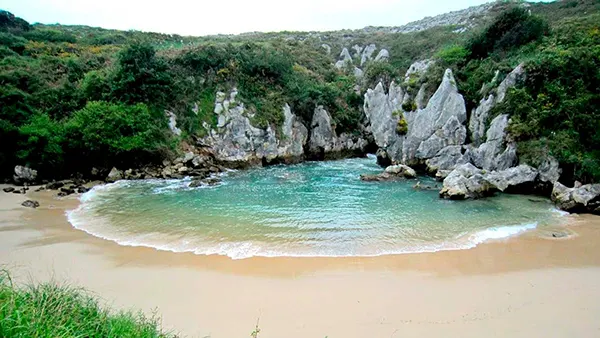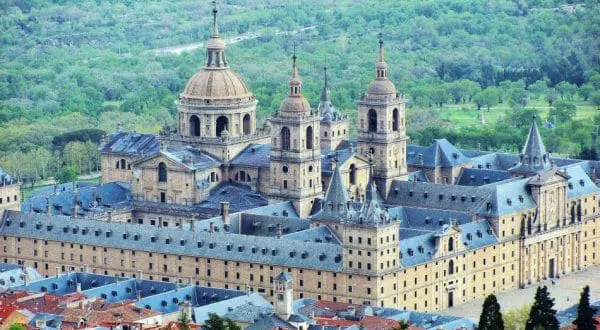Besalú: A Medieval Gem at the Crossroads of Cultures
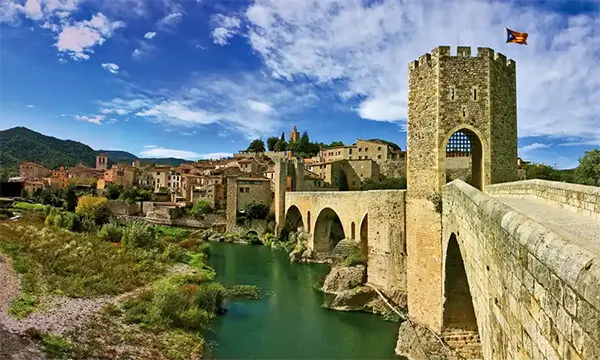
Besalú, located in the province of Girona in Catalonia, Spain, is a remarkably well-preserved medieval town that has maintained its historic character across centuries. Known for its stone bridge over the Fluvià River and intricate Romanesque architecture, Besalú serves as a living museum of cultural harmony between Christian, Jewish, and Muslim communities that once coexisted here. Today, it stands as one of Catalonia’s most captivating heritage sites, drawing visitors seeking authentic history and timeless atmosphere.
The Historical Heart of Catalonia
The origins of Besalú trace back to the 10th century, when it became the capital of the County of Besalú—one of the earliest political entities in Catalonia. Its strategic location between the Pyrenees and the plains of Girona made it an important administrative and military centre during the early Middle Ages. The Romanesque bridge, dating to the 12th century, remains the town’s most iconic landmark and once served as a vital defensive structure controlling access to the settlement.
Throughout its history, Besalú has reflected the evolution of Catalonia itself. During the Middle Ages, it flourished as a commercial hub, with bustling markets held in the main square and workshops of skilled artisans lining the narrow cobbled streets. The preserved buildings, from stone houses to monasteries, offer valuable insights into the architectural transitions that shaped medieval Spain.
Visitors walking through the old town today can still observe remnants of the fortified walls, medieval arches, and distinctive Romanesque façades that give Besalú its character. The careful restoration efforts undertaken since the 1960s have helped retain the authenticity of its historical core while making it accessible to travellers from around the world.
Architectural Landmarks Worth Exploring
The most striking monument of Besalú is undoubtedly its 12th-century bridge, with seven arches and a fortified gate rising majestically over the Fluvià River. It has become a symbol of Catalan medieval architecture and a focal point for photographers and historians alike. The bridge not only embodies defensive ingenuity but also symbolises the town’s endurance through wars and changing empires.
Another must-see site is the Jewish Quarter, which houses one of the few remaining mikvehs (ritual baths) in Europe, dating back to the 12th century. This archaeological treasure highlights the coexistence of Jewish culture alongside Christian and Muslim traditions within the same small area. The nearby synagogue ruins further underline Besalú’s multicultural past.
The Monastery of Sant Pere, founded in the 10th century, stands as another testament to Besalú’s importance in medieval Catalonia. Its simple yet imposing Romanesque structure and serene cloister offer visitors a glimpse into monastic life that once played a central role in the town’s development.
The Living Heritage of Besalú
Beyond its stone walls and architectural marvels, Besalú preserves an intangible cultural heritage that continues to thrive through local traditions and annual events. The Medieval Fair, held every September, transforms the town into a scene from the past, complete with artisans, musicians, and costumed performers. This festival not only attracts thousands of visitors but also revitalises ancient crafts and community spirit.
The town’s cultural identity is also reflected in its culinary scene, where Catalan recipes are prepared according to age-old traditions. Local restaurants serve dishes such as escudella and botifarra, paired with regional wines that capture the essence of Catalonia’s rural heritage. Dining in Besalú becomes an experience that connects taste with history.
Besalú’s commitment to preserving authenticity while embracing tourism has earned it recognition as one of Spain’s “Conjuntos Histórico-Artísticos” — an official designation for historically significant sites. Its careful balance between conservation and accessibility makes it a model for heritage management across Europe.
Religious and Cultural Harmony Through Time
One of the most remarkable aspects of Besalú’s history is the peaceful coexistence of different religious communities. During the Middle Ages, Christians, Jews, and Muslims lived side by side, each contributing to the town’s economy and cultural life. This unique coexistence fostered an exchange of knowledge, from architecture to medicine and philosophy, which shaped Catalonia’s intellectual landscape.
Modern Besalú continues to celebrate this multicultural legacy through exhibitions and guided tours that highlight the influence of these communities. Visitors can explore how faith, commerce, and art intersected to create a town that symbolised unity in diversity long before the concept became popular.
By preserving these narratives, Besalú offers a vital reminder of tolerance and shared heritage, values that remain highly relevant in today’s interconnected world.
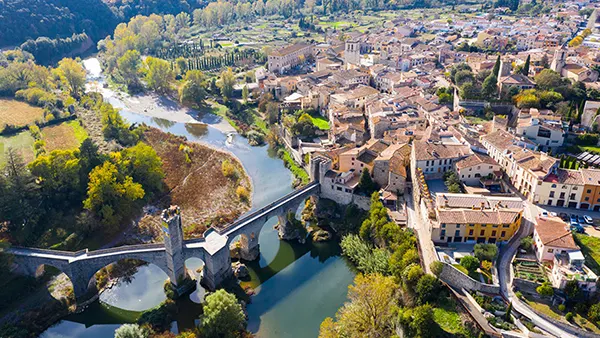
Travel Tips for Visitors
Reaching Besalú is straightforward, as it lies approximately 30 kilometres from Girona and 130 kilometres from Barcelona. Regular bus connections link it to both cities, while those travelling by car can take the C-66 highway, which provides scenic views of the Catalan countryside. The nearest airport is Girona-Costa Brava, offering domestic and international flights.
The best time to visit is spring or early autumn, when the weather is pleasant and the streets come alive with local festivities. The Medieval Fair in September is particularly recommended for those who wish to experience the town in full historical atmosphere. Visitors seeking a quieter experience might prefer weekday mornings, when the narrow streets are less crowded.
To fully appreciate Besalú, consider staying overnight in one of the town’s charming guesthouses or nearby rural accommodations. Early morning and evening walks reveal a different side of the town — one where the golden light reflects off the stone façades, creating an atmosphere of timeless serenity.
Preserving the Past for Future Generations
Besalú’s conservation success owes much to the dedication of local authorities, historians, and residents who understand the importance of protecting their heritage. Restoration projects funded by both regional and European cultural programmes have ensured that its monuments retain structural integrity and historical accuracy.
In recent years, sustainable tourism initiatives have been introduced to manage visitor numbers and reduce environmental impact. This includes promoting eco-friendly transport options, supporting local craftspeople, and raising awareness among travellers about responsible cultural tourism.
As Catalonia continues to invest in cultural preservation, Besalú stands as a shining example of how a small town can become a major heritage destination without losing its soul. It proves that history, when cherished and respected, can remain a living force that educates, inspires, and unites.

